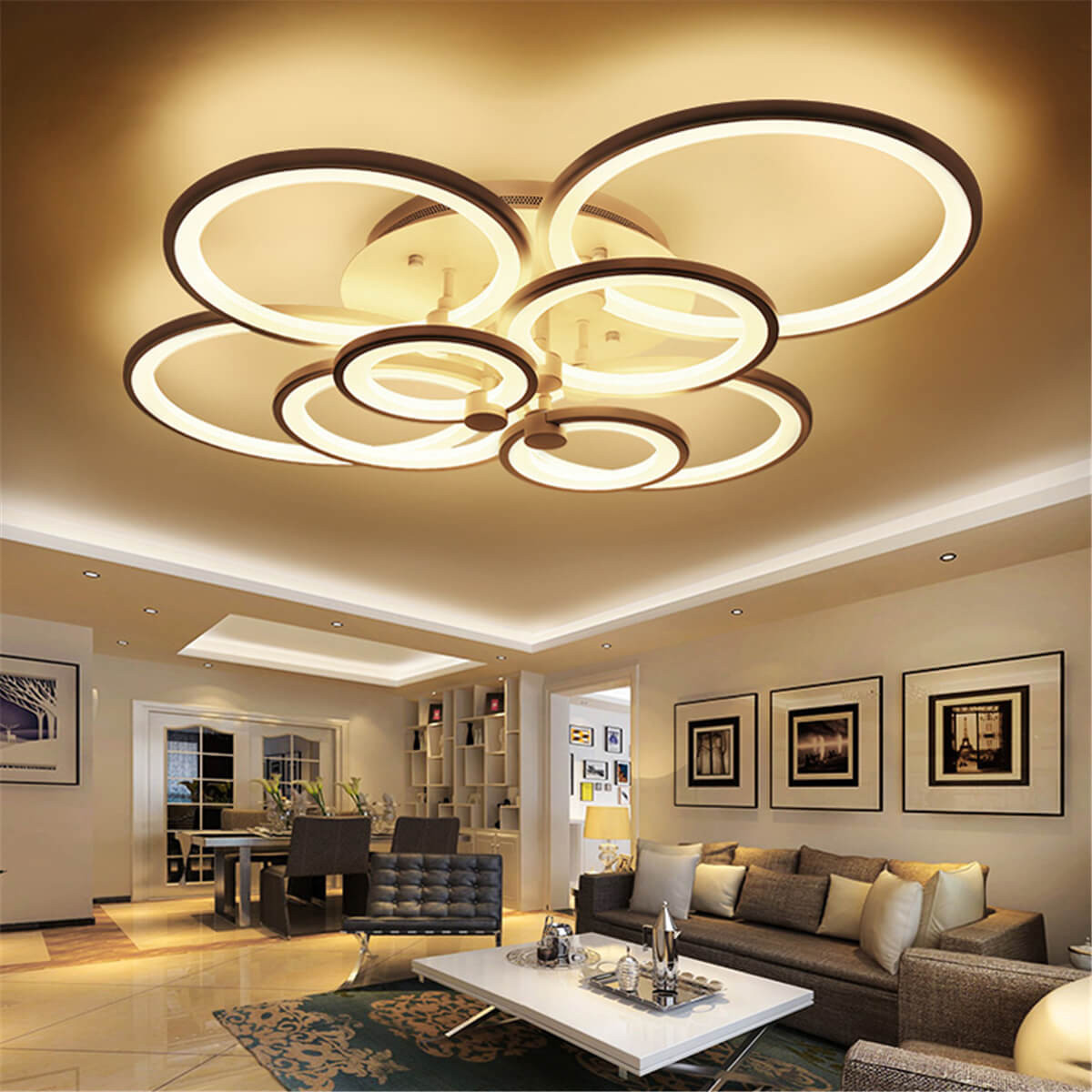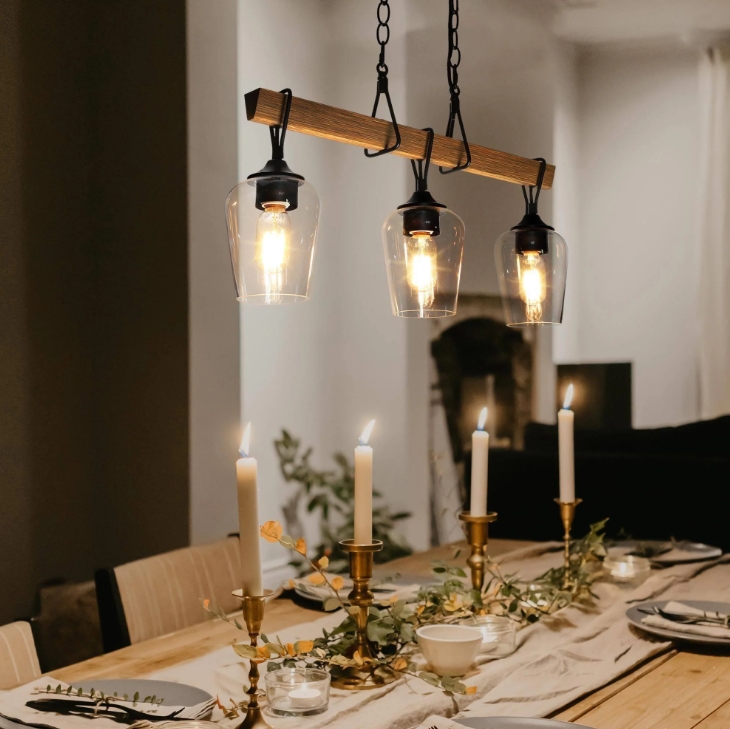In the past decade, LED (Light Emitting Diode) technology has emerged as a game-changer in the lighting industry. As lighting companies continue to innovate, LED technology has become the gold standard due to its superior energy efficiency, long lifespan, and versatile applications. From residential homes to commercial and industrial spaces, LEDs are transforming how we illuminate our world. Here’s a closer look at how LED technology is revolutionizing the lighting industry.
1. Unmatched Energy Efficiency
One of the most significant advantages of LED lighting is its energy efficiency. Compared to traditional incandescent and fluorescent bulbs, LEDs consume far less power to produce the same amount of light. In fact, an LED bulb can use up to 75% less energy than incandescent bulbs, and up to 50% less energy than fluorescent lighting.
This reduction in energy consumption not only helps consumers save on electricity bills but also plays a crucial role in reducing the carbon footprint of lighting systems. As the world increasingly embraces sustainability, lighting companies are prioritizing LED technology in their product offerings to meet the growing demand for eco-friendly solutions.
2. Longer Lifespan and Durability
LED lights last significantly longer than traditional bulbs. While incandescent bulbs may only last around 1,000 hours and fluorescents around 8,000 hours, LEDs can last up to 25,000 to 50,000 hours or more. This extended lifespan reduces the need for frequent replacements, making LEDs an extremely cost-effective option over time.
Additionally, LEDs are more durable than traditional light bulbs. They are resistant to shock, vibrations, and extreme temperatures, making them ideal for use in both residential and commercial settings. This longevity and durability mean less waste and lower maintenance costs, making LEDs the preferred choice for lighting companies aiming to offer long-term value to their customers.
3. Improved Light Quality
LED technology provides superior light quality compared to older lighting options. LEDs produce a clean, bright, and consistent light without the flickering or buzzing associated with fluorescent lamps. They are available in a wide range of color temperatures, allowing for better control over the ambiance of a space, whether it’s a warm, cozy glow for a living room or a bright, daylight-like illumination for a workspace.
Lighting companies are also incorporating dimmable LEDs into their product lines, allowing users to adjust the brightness according to their needs. This flexibility has made LEDs popular in residential lighting, office spaces, and even hospitality settings.
4. Versatility in Design and Application
LED technology is incredibly versatile. Lighting companies are now using LEDs in creative ways, from tiny, space-saving bulbs to large, intricate light fixtures. The compact size of LEDs allows for innovative lighting designs that were previously not possible with traditional bulbs.
LEDs are also highly adaptable. They can be integrated into various lighting systems, such as accent lighting, task lighting, and ambient lighting, making them suitable for a wide range of applications. Whether used in under-cabinet lighting, outdoor street lamps, or large stadium lights, LEDs offer endless possibilities.
Furthermore, the development of LED strips has opened up new opportunities for decorative lighting in residential and commercial spaces. These flexible strips can be installed in unique shapes and locations, adding a modern touch to interior design.
5. Smart and Connected Lighting Solutions
In recent years, the integration of smart technology with LED lights has become increasingly popular. Lighting companies are now offering connected lighting systems that can be controlled remotely via smartphone apps or smart home assistants like Alexa or Google Assistant.
Smart LEDs offer features like scheduling, dimming, and even color-changing capabilities. This means users can adjust the lighting to suit their mood or time of day, enhancing convenience and energy savings. As the demand for smart homes and offices grows, more lighting companies are investing in smart LED solutions to stay competitive in the market.
6. Lower Environmental Impact
In addition to their energy efficiency, LEDs are more environmentally friendly than traditional lighting options. Unlike incandescent and fluorescent bulbs, LEDs do not contain harmful chemicals like mercury, which can be dangerous to both human health and the environment. This makes LEDs a safer and more sustainable choice for consumers and businesses alike.
Furthermore, the reduction in energy consumption and the long lifespan of LEDs contribute to a decrease in overall environmental impact. As global concerns about climate change and resource conservation continue to rise, lighting companies are increasingly prioritizing LED technology in order to meet sustainability goals and reduce their ecological footprint.
7. Cost-Effectiveness and Return on Investment
While the initial cost of LED lighting may be higher than traditional bulbs, the long-term savings make it a wise investment. Due to their energy efficiency and extended lifespan, LEDs require fewer replacements and result in lower maintenance costs. Over time, the total cost of ownership for LEDs is much lower, offering a high return on investment for both residential and commercial customers.
Lighting companies are recognizing this value proposition and making LEDs more accessible by offering a range of options to fit various budgets. Additionally, as LED technology becomes more widespread, the cost of production continues to decrease, making it more affordable for consumers.
Conclusion
LED technology is not just improving the way we light our spaces—it’s reshaping the entire lighting industry. As lighting companies continue to innovate with LED technology, we can expect even greater advancements in energy efficiency, durability, design, and functionality. Whether it’s through smart lighting systems, creative design possibilities, or environmentally conscious manufacturing, LEDs are leading the way toward a brighter, more sustainable future.
For businesses, homeowners, and design enthusiasts, the shift to LED lighting represents a transformative opportunity to improve lighting quality while reducing costs and environmental impact. As this technology continues to evolve, it’s clear that LED lighting is here to stay, revolutionizing the lighting industry in ways we’ve never seen before.
If you’re in the market for efficient, reliable, and sustainable lighting solutions, consider partnering with a trusted lighting company that embraces the power of LED technology to deliver high-quality products that stand the test of time.

